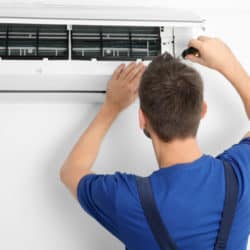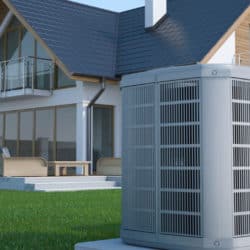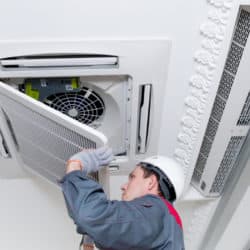The main difference between a furnace and an air handler is that the latter moves cooled or heated air by another source, while the former creates and moves heat.
It’s no wonder that so many people can’t really tell the difference between these two cooling and heating appliances – after all, their function is similar and they look very much alike.
In fact, I think it’s pretty safe to say that these appliances are more alike than they are dissimilar.
I’ll go one step further and say that a furnace is actually just one kind of air handler with the extra purpose of creating heat. Let’s discuss this topic in more detail:
Contents
What’s an Air Handler?
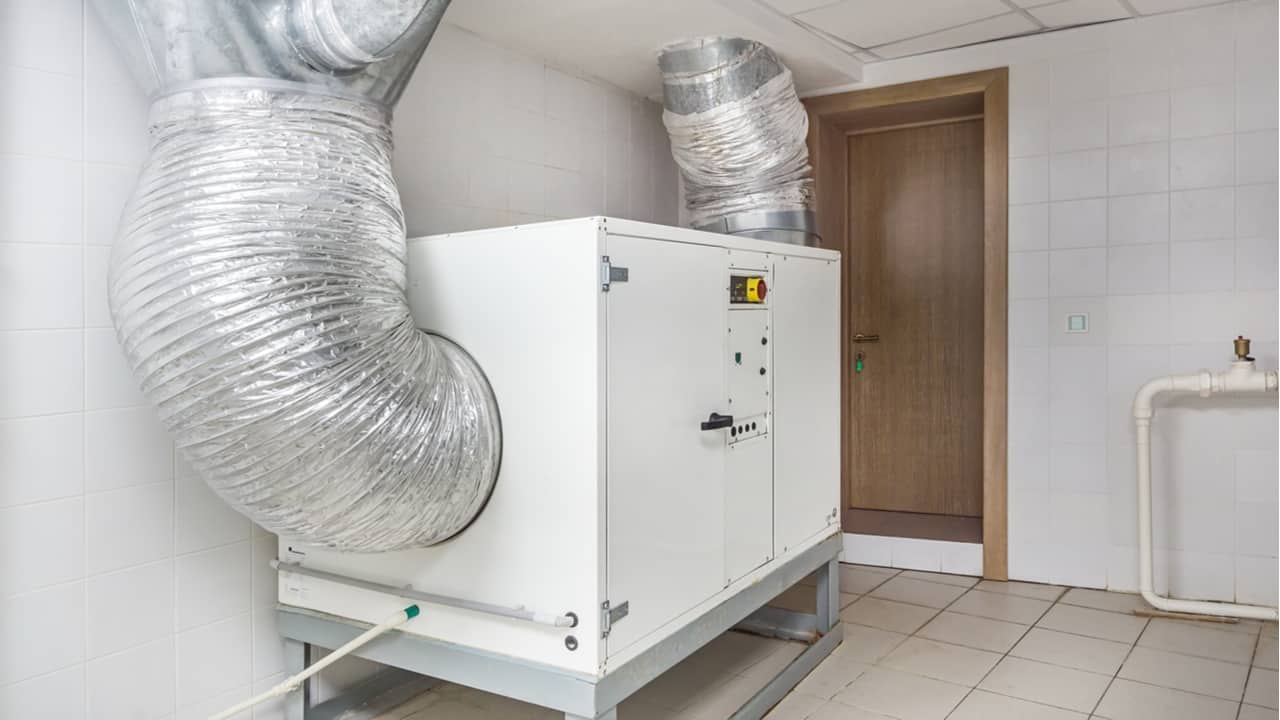
The purpose of this appliance, which is also called the AHU (air handling unit) is to move cooled and heated air in what is called the forced-air system. These kinds of systems use blowers – very powerful fans – to circulate the air through a system of ducts.
An air handler is typically a large metal box, but smaller units are also available and they are called terminal units.
An air handler functions in the following way:
- The blower of the air handler circulates air in and out of grates and ducts.
- An appliance of this type also has an indoor coil, which is crucial to Air Conditioning and Heat modes.
Air Conditioning Mode
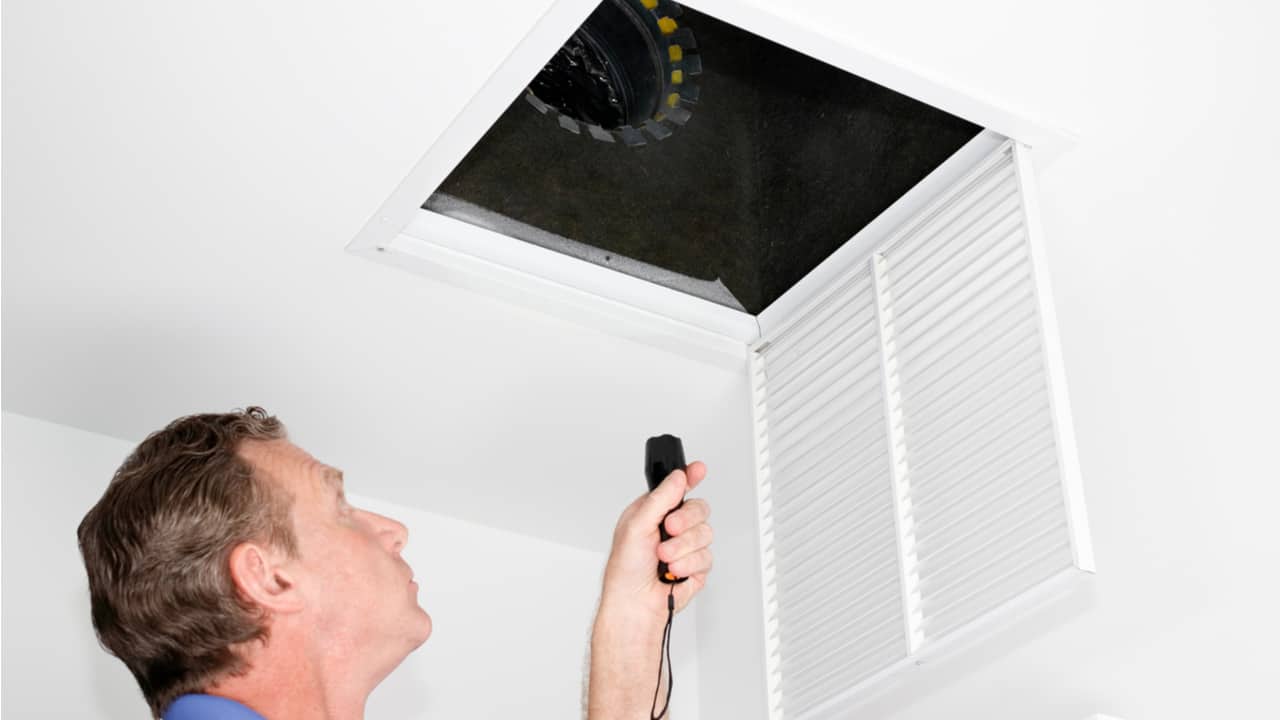
In the air conditioning mode, the blower of the air handler will pull moist, warm air into itself through the components called return ducts. Inside the appliance, this moist, warm air will go over the coil I’ve mentioned above.
There, the refrigerant that is present in the coil will cool down the air by effectively absorbing the heat out of it.
While this is taking place, the aforementioned coil becomes very cold. However, the moisture that is condensed out of the moist air falls down onto the coil and makes it a bit more “comfortable”.
The blower of the air handler will then push the drier, cooler air through the supply ducts into the rooms of one’s house.
What happens to the hot refrigerant, though? It travels to the heat pump or the external AC and into a coil of a radiator-like shape where the heat is “pulled out” of it and then finally dispersed.
Heat Mode
Air handlers are also used by heat pump systems. It goes without saying, but when these appliances are heating, the physics is reversed.
The refrigerant, which I have mentioned above, traps the heat outside and transfers it indoors. Once it gets inside the air handler’s coil, the refrigerant releases the heat it picked up outside. The coil becomes hot.
The air handler’s blower pulls cool air into the appliance and pushes it over the coil, turning it into heated air which is then transferred to one’s living space through the ductwork.
You may want to read my Air Handler vs Heat Pump comparison and my Air Handler vs Condenser comparison to have an even better understanding of your home’s HVAC system.
What’s a Furnace?
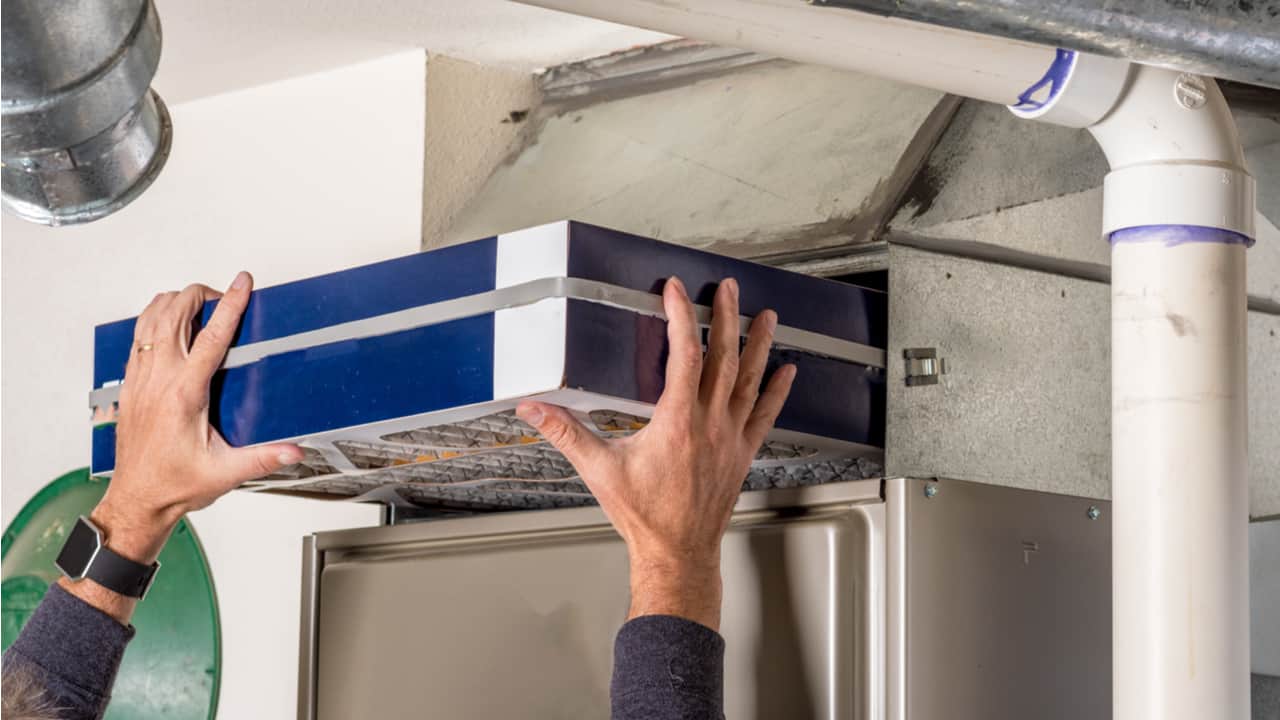
To put it simply, this would be an appliance whose purpose is to create heat. These are the main types of furnaces:
- Gas Furnaces – as their name suggests, these furnaces operate on gas. They are the most commonly used type of furnaces in the world.
- Oil Furnaces – obviously, these kinds of furnaces are mostly used in regions where natural gas isn’t readily available.
- Electric Furnaces – once again, the name says it all – a furnace of this type creates heat by using electric resistance. They’re mostly used in warm climates since they’re not as efficient as the other two types.
Just like air handlers, all appliances of this type are equipped with blower fans. When the homeowner calls for heat by using a thermostat, oil and gas furnaces start burning their fuel. An electric furnace, on the other hand, will energize its heating coil. This component looks very much like a big space heater.
When the electric coil or the heat exchanger/combustion box gets hot enough, the blower will start to operate. It will transfer some cool air into the furnace’s interior, where it will be warmed up and then sent to your living space through the ductwork.
The furnace will stop creating heat once the temperature rises enough to meet the setting selected on the thermostat. The blower, on the other hand, will work for a little longer so that it can remove the remaining heat out of the furnace.
In addition to furnaces, there are also pellet stoves. Check out my post on the best pellet stove.
What Are the Differences Between Air Handlers and Furnaces?

The biggest difference between these two appliances is that the air handler does not create heat, unlike the furnace. That is, without a doubt, the main distinction.
An Air Handler is Not a Heat Source, But a Furnace Is
The heat that is distributed by an air handler is not created by the appliance itself, but by a completely different system – the heat pump. In the regions of the world where heat is needed very rarely, some homeowners install air handlers combined with ACs rather than with heat pumps.
The second difference is the direct consequence of the first:
All Air Handlers are Equipped With AC Coils/Heat Pumps

Obviously, this is the direct result of air handlers not being capable of creating heat. The heat gathered outside is distributed with the help of the coil.
Not every furnace comes with a coil. There is no need for one if the system is not equipped with central air conditioning. On the other hand, a furnace will be equipped with a coil if the AC is a part of the system.
Read this post if you are wondering what is the difference between a boiler and a water heater.
What are the Similarities Between Air Handlers and Furnaces?
As I’ve already said, both of these systems feature blowers whose purpose is to circulate cooled and heated air throughout one’s home. There are also some other similarities:
Different Sizes are Available
Size is undoubtedly an important factor to all those shopping for one of these two appliances. The larger the home, the larger the air handler or furnace needs to be. In other words, it needs to move a sufficient amount of air around the house to make it warm, and this amount is measured in CFM – cubic feet per minute.
Another important consideration here is the size of the ductwork. It goes without saying, but larger ducts require larger blowers to create enough pressure to efficiently move the air through them.
Variable-Speed & Single-Speed Models are Available
Variable-speed blowers are used in modulating and 2-stage furnaces with modulating and 2-stage heat pumps. Single-speed blowers, on the other hand, can be found in single-stage furnaces equipped with single-stage air conditioners and heat pumps.
All Brands Make Them
Lennox, Rheem, Goodman, Trane, Carrier, and other well-known brands all manufacture air handlers and furnaces. Air handlers are typically paired with ACs and heat pumps, and furnaces are often paired with ACs in split systems.
Read my Heat Pump vs Air Conditioner comparison and my Water Heater vs Furnace comparison in order to have an even better understanding of your HVAC system.
Air Handler vs Furnace – The Conclusion
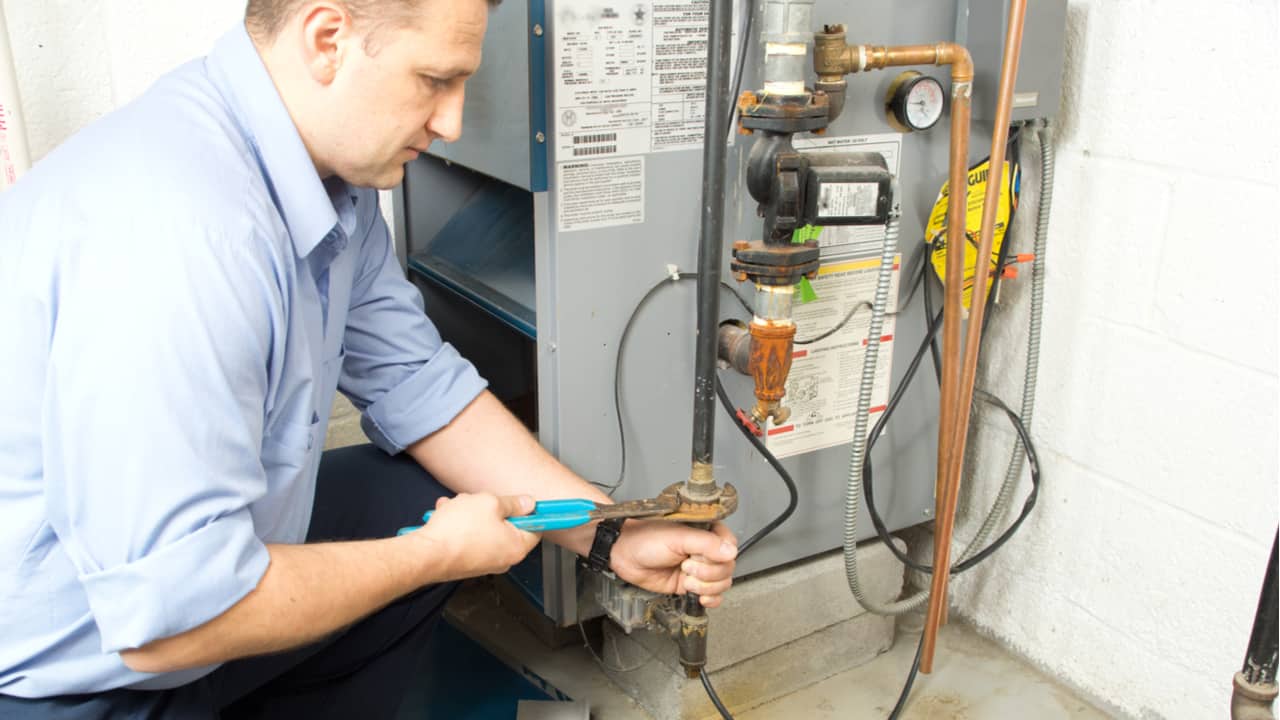
In hot and warm climates, an air handler/heat pump system offers the lowest energy costs. In colder climates, on the other hand, heat pumps are often incapable of collecting enough heat from the outside, which renders them ineffective. That’s why furnaces are a much better choice for such areas.
There is also the third option – a dual fuel system. As the name suggests, such a system contains both the furnace and the heat pump, with the former acting as the air handler for the latter.
In a dual fuel system, the furnace warms the house in freezing temperatures. The same thing is done by the heat pump once the outside temperature reaches 35°F or more.
If you want to make your HVAC system more efficient, check out my MERV 8 vs MERV 13 filter comparison as well. And, if you have an oil boiler, check out our post on oil boiler maintenance.

